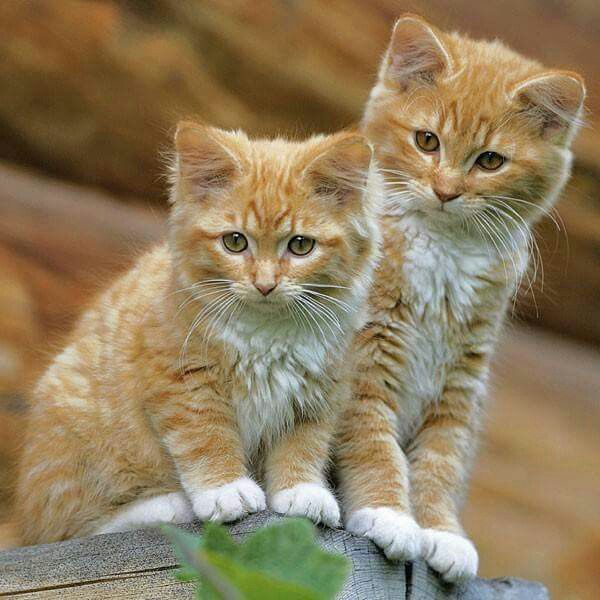Pet Name : Adolf
- Weight : Male: 5-7 kg, Female: 3-5 kg.
- Colors : Blue, Red, Lilac, Chocolate, Cream, Black
- Scientific Name : Felis catus
- Life Span : 10 - 17 years (In the wild)
Temperament
The dignified and docile Persian is known for being quiet and sweet. She is an ornament to any home where she can enjoy sitting in a lap—surely her rightful place—being petted by those who are discerning enough to recognize her superior qualities, and playing house with kind children who will gently comb her hair, wheel her around in a baby buggy, then serve her tea at their parties. Persians are affectionate but discriminating. They reserve their attention for family members and those few guests whom they feel they can trust.
Pet insurance data from Sweden puts the median lifespan of cats from the Persian group (Persians, Chinchilla, Himalayan and Exotic) at just above 12.5 years. 76% of this group lived to 10 years or more and 52% lived to 12.5 years or more. Veterinary clinic data from England shows an average lifespan of 12–17 years, with a median of 14.1.
Health
The modern brachycephalic Persian has a large rounded skull and shortened face and nose. This facial conformation makes the breed prone to breathing difficulties, skin and eye problems and birthing difficulties. Anatomical abnormalities associated with brachycephalic breeds can cause shortness of breath. Malformed tear ducts causes epiphora, an overflow of tears onto the face, which is common but primarily cosmetic. It can be caused by other more serious conditions though. Entropion, the inward folding of the eyelids, causes the eyelashes to rub against the cornea, and can lead to tearing, pain, infection and cornea damage. Similarly, in upper eyelid trichiasis or nasal fold trichiasis, eyelashes/hair from the eyelid and hair from the nose fold near the eye grow in a way which rubs against the cornea. Dystocia, an abnormal or difficult labor, is relatively common in Persians. Consequently, stillbirth rate is higher than normal, ranging from 16.1% to 22.1%, and one 1973 study puts kitten mortality rate (including stillborns) at 29.2%. A veterinary study in 2010 documented the serious health problems caused by the brachycephalic head.


